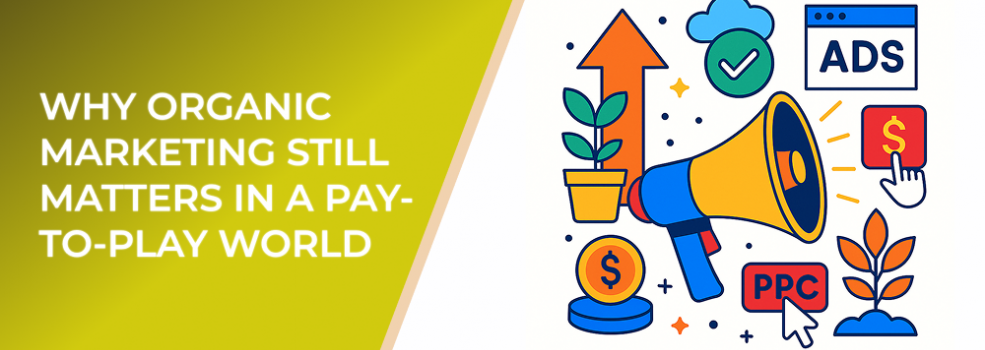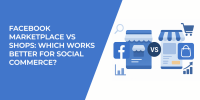Marketers often hear that organic reach is dead. Social algorithms prioritize paid campaigns, and the competition for attention is fierce. Yet, brands that consistently invest in organic marketing still outperform those that rely solely on ads when it comes to trust, engagement, and lifetime customer value.
The truth is simple: paid ads can amplify attention, but organic marketing sustains it.
1. Organic Builds Credibility Paid Ads Can’t Buy
A report by Edelman shows that 81% of consumers say they need to trust a brand before buying from it. Organic channels—like social media posts, blog content, and email newsletters—create authentic touchpoints that foster that trust over time. When people engage with your non-promotional content, they see your brand as a credible resource, not just a seller.
Paid ads can drive awareness, but if every interaction is transactional, it’s harder to earn loyalty.
2. It Lowers Your Cost Per Acquisition Over Time
Paid traffic disappears when you stop paying for it. Organic content, however, compounds. A single blog post can bring visitors for years if it ranks well or gets shared repeatedly.
According to HubSpot, companies that blog consistently generate 67% more leads per month than those that don’t. That long-term return dramatically reduces your overall cost per lead compared to paid-only strategies.
3. Organic Feeds Paid Performance
Organic data strengthens paid advertising. When you know which posts, topics, and formats perform best organically, you can turn those insights into high-performing ad creatives.
For instance, posts that get strong engagement can become your next ad variations. Similarly, website behavior and organic lead data help refine your ad targeting and lookalike audiences. You can read more about effective targeting in Facebook Ad Targeting 101: How to Reach the Right Audience.
4. It Future-Proofs Your Brand
Platforms and ad costs change. In 2024, the average CPM on Meta ads increased by 10–20% year-over-year. If your growth depends solely on paid traffic, every algorithm tweak or price rise can hurt your margins.
Organic channels like SEO, community engagement, and email lists give you resilience. They allow your brand to keep reaching audiences without being at the mercy of fluctuating ad costs or policy shifts.
5. Organic and Paid Work Better Together
The best-performing brands don’t choose between organic and paid—they integrate both. A strong organic foundation makes paid campaigns more efficient and believable. For example, an ad that leads to a brand with a lively, trusted social presence performs far better than one from a faceless account.
To optimize both strategies, check out Facebook Ads Not Converting: How to Fix It and Meta Ad Campaign Objectives Explained: How to Choose the Right One.
Final Thoughts
Paid ads may dominate today’s marketing headlines, but organic growth remains the heart of brand longevity. It builds credibility, supports paid performance, and keeps costs sustainable. The smartest marketers use paid ads to accelerate what their organic strategy has already validated.
Suggested reading:

